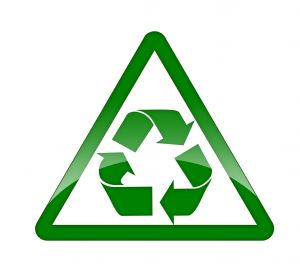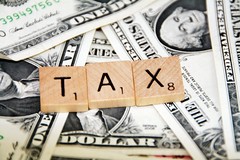For good news Monday, the message is that green Christmas gifts keep giving long after the holiday season is over. We now are approaching the end of November, and the holiday shopping season is in full swing. Many of us dared to brave the crowds on Black Friday and throughout the weekend, only to find many of the offerings did not excite us. A lot of the toys were imported and were not that stimulating and most likely will entertain children for a few days and then end up in toy boxes and closets. Some were even toxic and unsafe. The selections in clothes often were pretty boring, and we know that they will end up in a drawer or on a hanger, ignored until the spring yard sales.
This holiday shopping season is a great time to be conscious of green initiatives. With the philosophy of giving green Christmas gifts that keep giving, Christmas shopping becomes more meaningful. First of all, this brand of shopping makes gift giving more thoughtful because it requires really thinking about the recipients and then selecting something special for them that you know they would enjoy but may not likely purchase for themselves. A gift could be a class for the budding photographer, painter, dancer or maybe ski lessons. Tickets to an event or show often make great gifts. Gift certificates to a farm-to-table restaurant is a great way to introduce friends or family to eating green and supporting local eateries. Membershipsto museums, green foundations and organizations, which offer meetings and special events for members provide opportunities for recipients to learn and be entertained at functions and programs. Two great sites to check ideas and deals for Christmas shopping is Livingsocial.com and Groupon.
So for this holiday season, please try to think out of the box when selecting gifts for family and friends. Have a green Christmas when it comes to giving gifts. I guarantee you that this will be less stressful, eco-friendly and healthier for you and the environment. As always, live green, be green.








